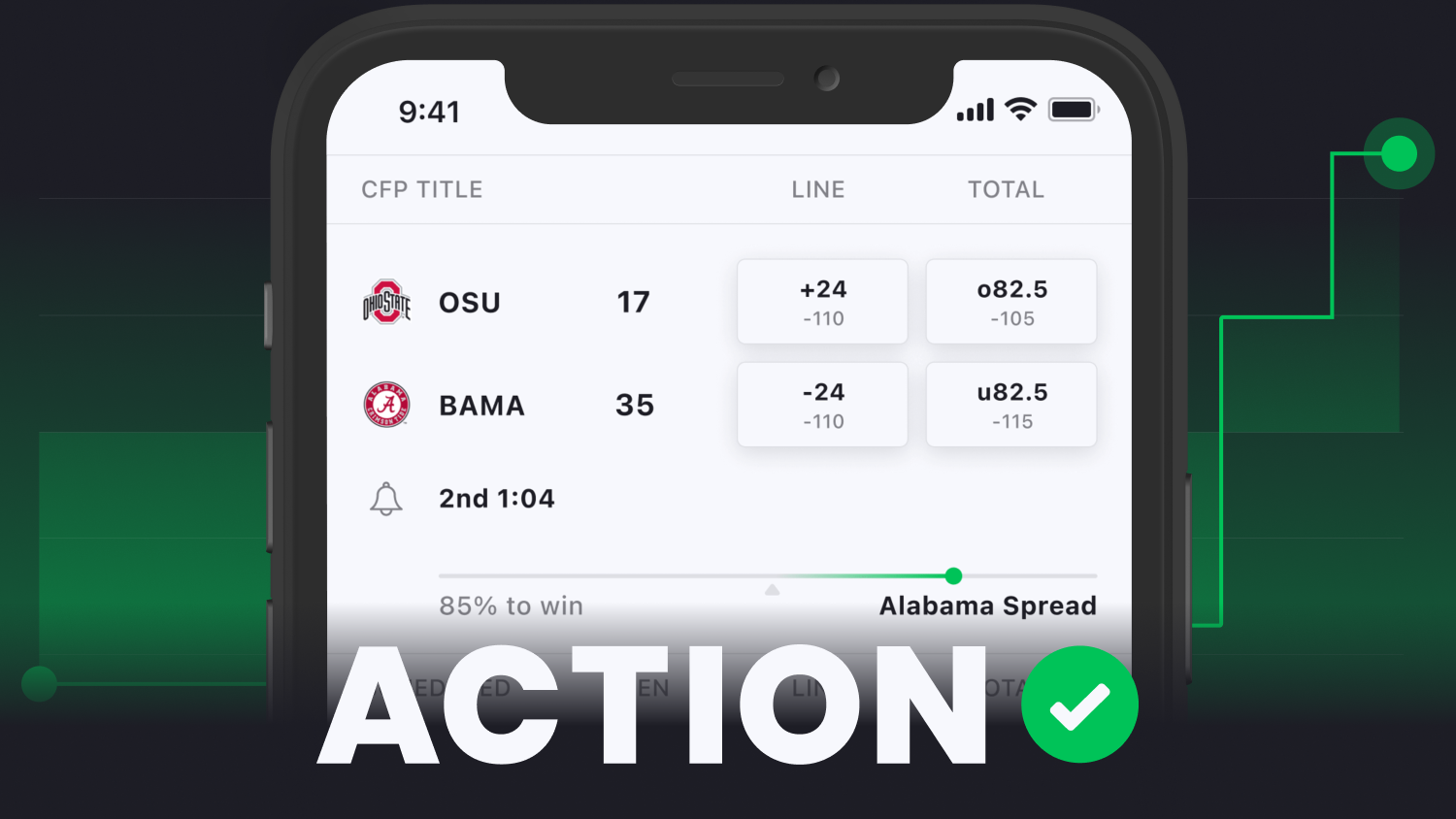The year was 2013, and I had been assigned a client in Oswego, New York. I knew little about this Lake Ontario town other than it was the home of a nuclear power plant and a single Best Western for lodging.
As a kid who grew up in Arkansas, bragging about the horsepower on a snowblower while discussing a snow squall was completely foreign to my ears.
I embarked on a fortnight of 14-hour work days through 30 inches of snow while living in a fishing lodge thanks to the sold-out hotel.

Oswego had the home-field advantage, and it dominated me all two weeks.
Home-field advantage in college football is similar to my travels from a lifetime ago. Weather can play a large factor, from September humidity in the south to whipping November winds in the north.
Reconstruction of stadium end zones can change sight lines or prevent gusts from torturing the special teams. A few programs are upgrading in order to draw more fans with the hope of persuading officials to make some favorable calls.
Texas A&M is adding two-dozen luxury suites in the south end zone at Kyle Field, while Clemson will build a new scoreboard worthy enough of an NFL stadium.
However, no team is going through a bigger change than Oregon State. Reser Stadium allowed fans on just one side of the stadium while the complex receives upgrades for the 2023 season.
Oregon State AD Scott Barnes says the school's $162M renovation to Reser Stadium will be complete in June.
New seating will provide "the closest proximity to the playing field of any college football stadium in the country." pic.twitter.com/yVGmt3iX4t
— Front Office Sports (@FOS) January 23, 2023
The Beavers are an interesting study in terms of winning at home. No team in college football has covered more in its home stadium since 2020 than Oregon State.
Corvallis is the perfect storm of home-field elements, from the proximity of fans to the field to the travel route off Interstate 5.
Most analysts believe home-field advantage comes from crowd noise or elevation, but only one question is needed when assigning the home team additional points: How often are you beating oddsmakers?
The Action Network Power Ratings provide a starting point for handicapping college football games. With win totals and futures just around the corner, we'll need updated home-field numbers to complete the equation.
As with previous seasons, updated home-field advantage derives from a PAE (points above expectation) with a base number of 2.5 points as the midpoint. Using a Taylor series with various weights on 10- and three-year samples, we can dissect whether each team overachieves or underachieves against expectations at home.
Here are the updated home-field advantage numbers that will be assigned for the 2023 season:

















































